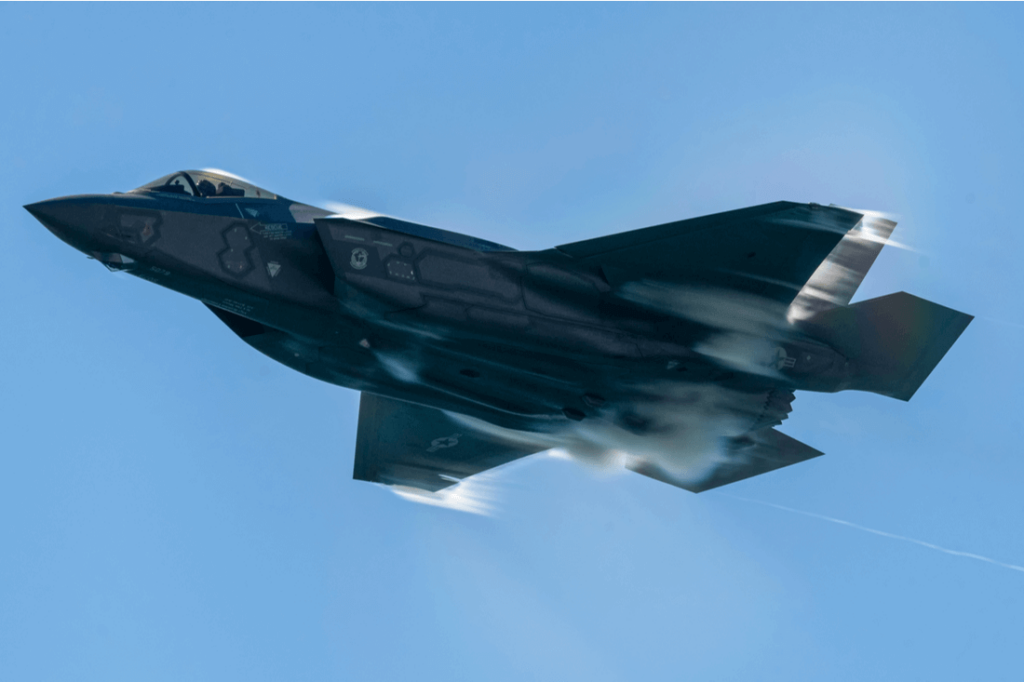Initially anticipated for December 2019, the decision to approve the full-rate production of the Lockheed Martin F-35 Lightning II Joint Strike Fighter will be delayed by at least a year.
The Joint Strike Fighter program entered its formal operational test phase in December 2018. However, it seems to have hit a new bump, this time with the integration of the Joint Simulation Environment (JSE) due to test the jet in situations impossible to reproduce on the range, as well as simulate complex threats for training.
As the Pentagon needs the JSE in order to complete the initial operational test and evaluation (IOT&E) of the aircraft, it could postpone the approval for full-rate production by “up to 13 months”, Ellen Lord, Undersecretary of defense for Acquisition and Sustainment (A&S) told reporters, which would mean December 2020 or even January 2021. The testing phase was originally scheduled to end in September 2019.
“We are not making as quick progress on the joint simulation environment, integrating the F-35 into it,” Lord said. As it appears, integrating the virtual model of the F-35 along with all its systems inside the simulation is proving more difficult than expected.
Already last year, the United States Congress had shown skepticism with the initial deadline of October 2019 to take a decision on full-rate production, as 180 of the 966 “open deficiencies” reported during tests, mainly concerning avionics software, would not be fixed by that time.
The Government Accountability Office (GAO) had issued a report where it criticized the decision of the Defense Department to give its answer on full-rate production before the 180 of the 966 “open deficiencies” reported during tests, mainly concerning avionics software, are duly addressed.
Lockheed Martin plans to deliver 131 aircraft in 2019 and ramp up the output to 140 next year. However, keeping up with its objective without the capacity of full rate production could cause more financial strain for the program.
On top of that, the manufacturer will soon have to select the companies that will take over Turkey’s participation in the program in March 2020. “Turkey still makes 900 parts for the F-35,” said Lord. The loss of Turkey’s participation was estimated to cost $9 billion over the life of the program.
As for the hundred F-35A fighter jets ordered by the Turkish Air Force, they have yet to find a new operator. On October 15, 2019, President Tayyip Erdogan said he received multiple offers to replace the F-35. A day after the country was officially removed from the Joint Strike Fighter program, the Russian government through the Rostec state corporation had offered its Sukhoi Su-35 as an alternative.
